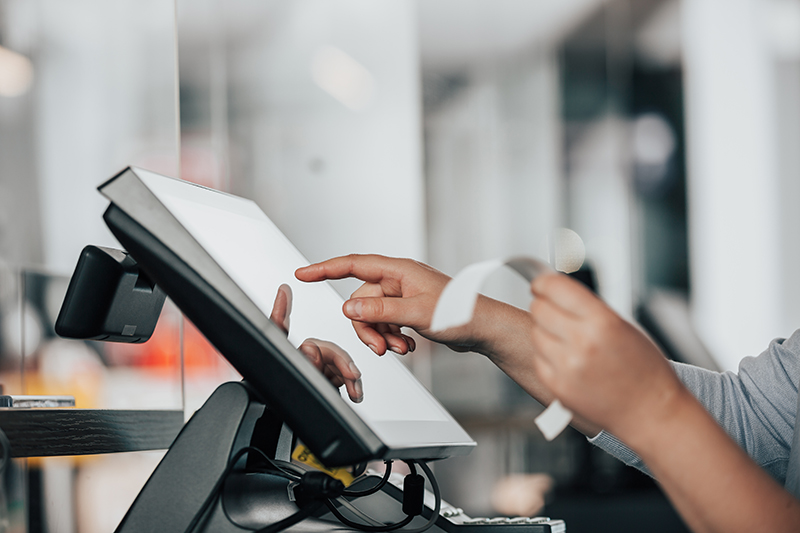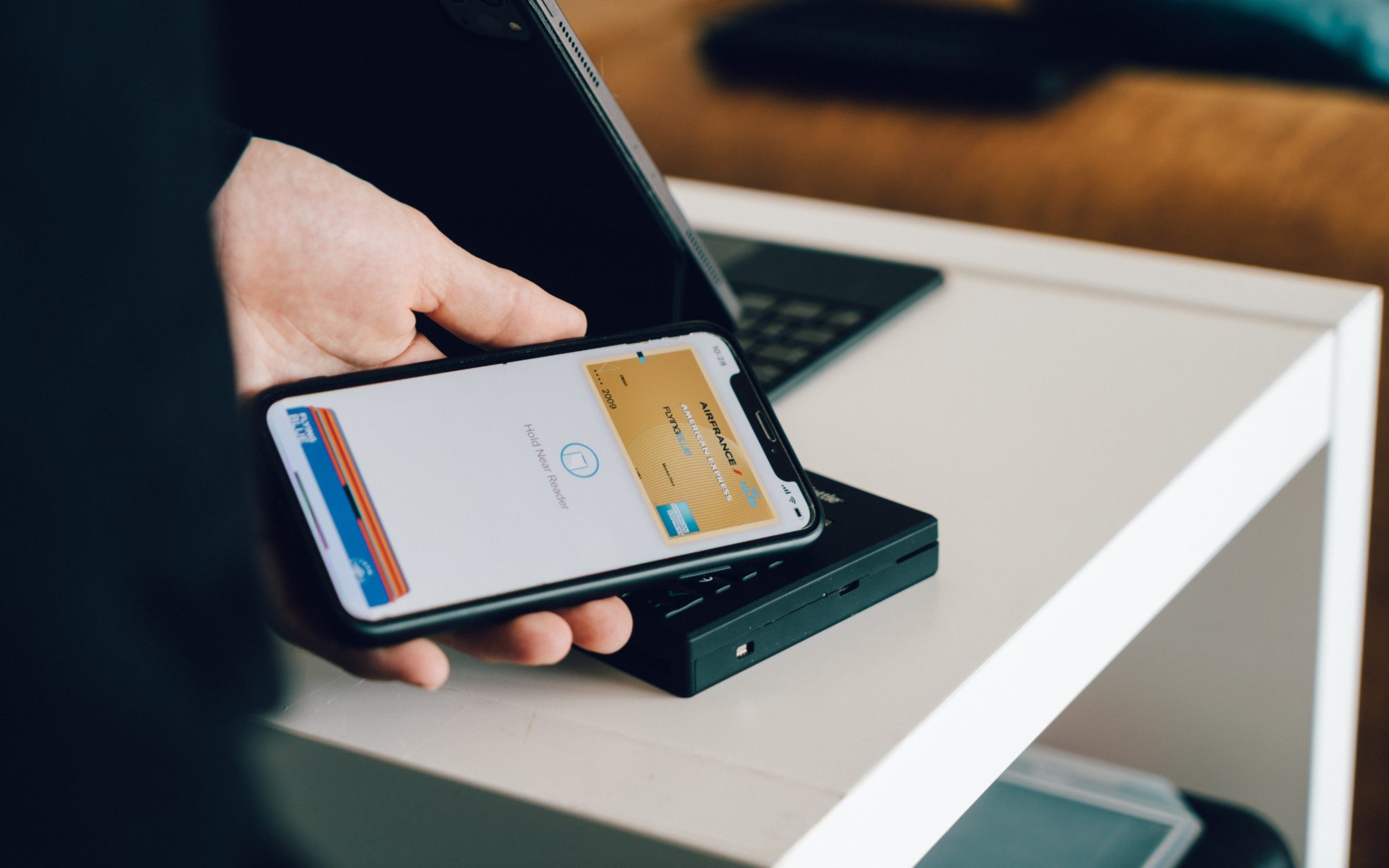Part I: The line is blurring between ecommerce and brick & mortar retail. Locavores and virtually every other subset of shoppers want options.
While it’s in some ways laudable, the stereotype of young consumers who want to know “the story behind the product” is an easy target for comedy.
 Locavores were hilariously satirized in the oddball sketch comedy show Portlandia, in a skit where a couple at a restaurant asks a barrage of questions about the chicken. Is it organic? What kind of diet is it raised on? How much room do the chickens have to run around? Do you have a good relationship with the farmer?
Locavores were hilariously satirized in the oddball sketch comedy show Portlandia, in a skit where a couple at a restaurant asks a barrage of questions about the chicken. Is it organic? What kind of diet is it raised on? How much room do the chickens have to run around? Do you have a good relationship with the farmer?
“They do a lot to make sure that their chickens are very happy,” assures the server. She goes so far as to provide a file containing photos and in-depth biographical information on the chicken they’re about to eat. Still not quite satisfied, the couple asks the server to hold their table and goes out to visit the farm.
(And then things get weird.)
Although it’s often satirized, there are lessons from the locavore movement that relates to consumer retail as well as food service.
From warring opposites to mutually dependent: Ecommerce vs. brick & mortar
For many retailers, there must have been a certain irony to the ecommerce behemoth Amazon acquiring Whole Foods. After all, WFM arguably did more than anyone to popularize the term “Locavore.”
It’s odd how farmers’ markets and more experiential brick-and-mortar retail concepts have blossomed in the last decade, even as ecommerce has gained so much market share. Weirder still, the same kind of consumers who preferentially buy local goods of one sort are likely to shop exclusively online for other needs.
At Retail Control Systems, we provide customized ecommerce and omnichannel retail solutions for a dozen industries. But we’ll always love our brick-and-mortar retail heritage. Contact us to learn more about how we can help you navigate the changing retail landscape and thrive through the 2020s and beyond.
As paradoxes go, it’s hard to beat all the pure-play online retailers like Warby Parker, Amazon and Birchbox opening physical storefronts. This is reflective of consumer demand for a blended experience—a combination of convenience and personalization. Ecommerce companies have seen pure online sales spike in places where they have physical storefronts.
Traditional brick-and-mortar retailers and online retailers are finally using multiple touchpoints to leverage, rather than cannibalize each other. The line between different channels is blurred. Consumers who initially encounter a brand in one channel are increasingly apt to purchase through another, weeks later.
Consumers still see shopping, in part, as a social experience. Talking in person with a store rep with first-hand product experience provides greater assurance than aggregated online reviews. Savvy consumers know that many vendors game the system, making in-person conversations all the more valuable.
The Experience Economy
Jia Wertz, writing for Forbes, recently wrote that “consumers have slowly but surely been moving away from strictly shopping for products, instead seeking a more engaging experience. The trend has been driven largely by millennials and their preference for experiences over things.”

In recent years, the increase in household spending on “experience-related services” has quadrupled the growth of spending on goods. That’s according to a report by Worldwide management consultancy McKinsey & Company.
Although the “Experience Economy” has only recently become part of the popular vernacular in the last couple of years, a 1998 Harvard Business Review article discussed the then-emerging phenomenon. Those insights remain relevant.
For instance, thinking through what you’d have to do to theoretically justify charging admission to your store may help you identify opportunities to differentiate your shop and capture new, high-value customers. While most in-store events aren’t admission-based, “demonstrations, showcases, contests, and other attractions” could be.
Some of these ideas remain radical 21 years after publication. For instance, the authors state that “In the full-fledged experience economy, retail stores and even entire shopping malls will charge admission before they let a consumer even set foot in them.” We’ll see. For now, the most visible examples remain things like educational workshops, fitness classes and store-sponsored running clubs to promote athletic brands.
What’s a theme you can leverage to make your customers’ or guests’ retail experience totally unique to your store?
Bonding over experiences and “stuff”
Retail has always been an experience in some sense, and will be for generations to come.
Meeting a second-generation shop owner, clothing designer, coffee roaster or even a geeky electronics expert who can help you with your home entertainment system are all experiences unique to shopping in physical stores. It’s a pleasure to talk and listen to people who are passionate and knowledgeable about what they do. That’s one of the reasons brick-and-mortar stores will still be thriving for decades to come.
Next month, we’ll discuss how to use simple, memorable experiences to make your customers your greatest advertising asset.
We Make Data Your Friend, Not Your Boss
Shorter Buying Cycles. Fewer Stockouts. Less Surplus Inventory.
Our retail point-of-sale support services can help you optimize day-to-day and strategic decisions.



